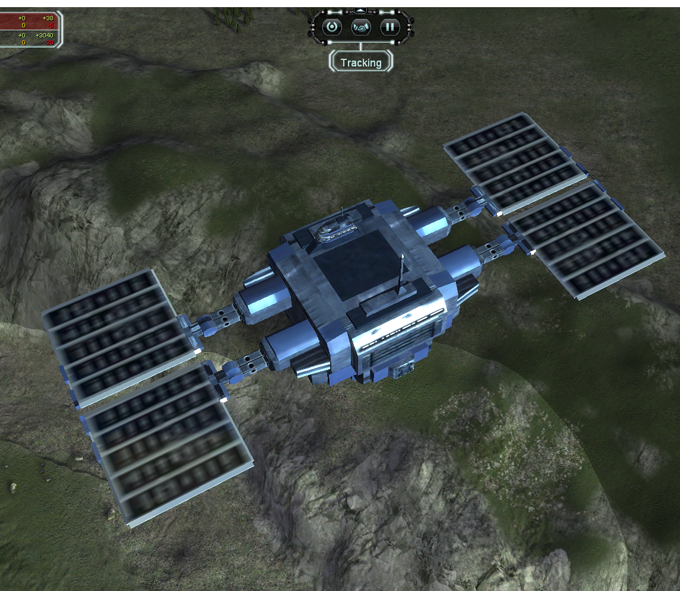
Blood remains viable for no more than six weeks-or as little as a week for plasma and platelets-so it’s essential to make sure that fresh blood keeps flowing to hospitals. Since 2016, Zipline has delivered blood to medical facilities in Rwanda, where seasonal rains often impede land transportation.

#BATTLE FIELD 2 DRONE STATION SKIN#
If a crash can’t be averted, the drone’s frangible Styrofoam skin is designed to break apart, minimizing the odds of causing significant damage. And if an inflight emergency occurs, the operators can instruct the drone to deploy a parachute to safely float down to the ground. Each has two motors and other redundant systems. Safety was also a priority in the drones’ design. Freezing temperatures below -4 degrees Celsius (24 Fahrenheit), however, do impede operation. They can be operated at night and in zero-visibility fog, and withstand inclement weather up to gale force winds and violent rains. The company’s second-generation drone can carry a 3.9-pound cargo out to a maximum range of 100 miles, giving it an effective round-trip radius of 50 miles cruising at 70 miles per hour, though they can race up to 90 in a pinch. Zipline drone station deployed to Australia with Marine Air-Ground Task Force. The drones are then catapulted into the sky and fly towards the coordinates at a safe attitude without requiring any human direction. When a drone station receives a request for delivery, the Zipline drones are swiftly loaded with a box containing the requested items.Īfter receiving clearance from nearby air traffic control, staff assign the drone’s GPS-based navigation systems a flight path. The Half Moon Bay, California firm, founded by Keller Rinaudo in 2014, both builds and exclusively operates the Styrofoam-skinned drones, which have wings eleven feet long but weigh just 25 pounds. While the likes of Amazon, DHL and recently, UPS-are gearing up to use drones to cut costs of delivering consumer goods, a company called Zipline is applying similar technology to delivering life-saving medical supplies to difficult-to-access places ranging from less developed countries to natural or humanitarian disaster zones–and possibly even warzones.

On another, 57 cargoes were delivered to five different locations in six hours. On one occasion, drones delivered 150 pounds of medical supplies in three hours. history,” flying a 79-mile roundtrip at average of 64 miles per hour. Zipline photoĭuring the exercises, a drone performed what was billed as the “longest-range commercial drone delivery flight in U.S. Zipline contractors posing with drone in Australia.


 0 kommentar(er)
0 kommentar(er)
